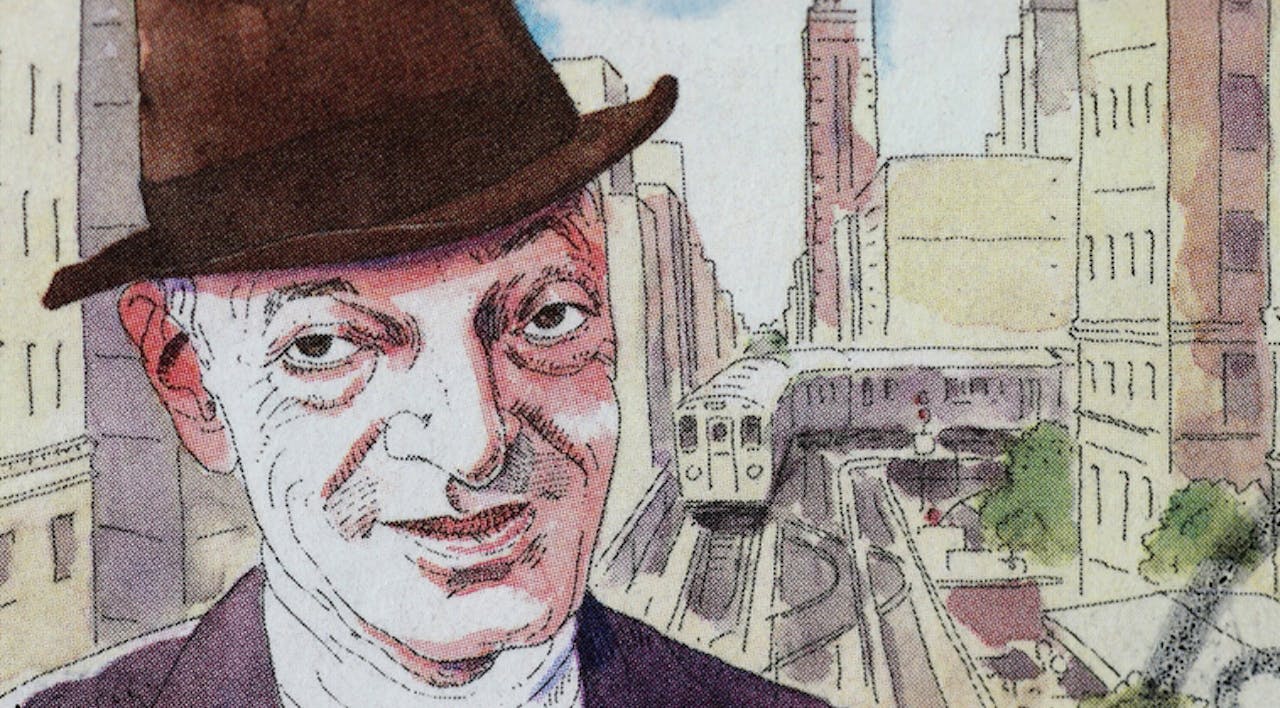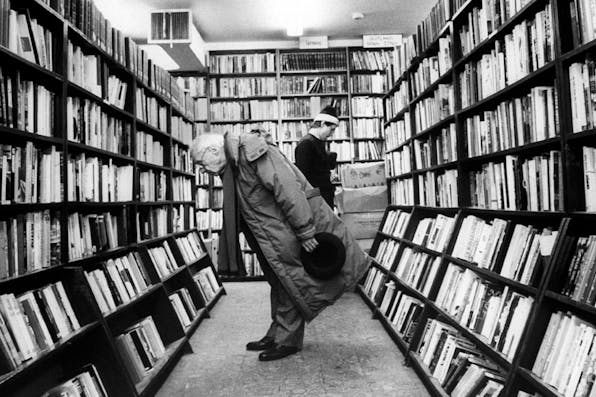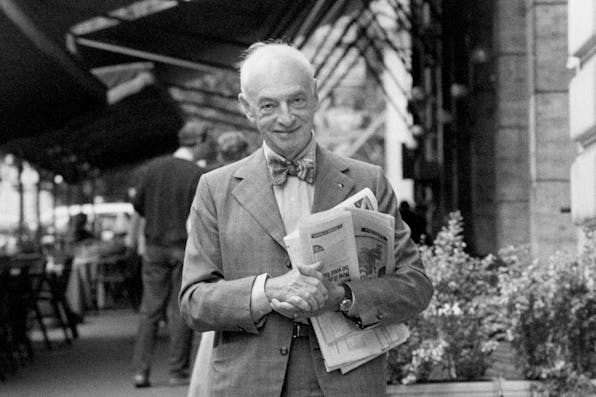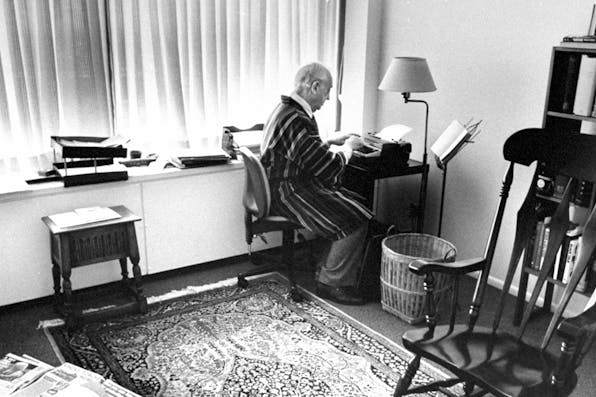
October 2019
What Saul Bellow Saw
The Jewish writer who became America’s most decorated novelist spent his early years prodding the nation’s soul. Then, sensing danger to it, he took up the role of guardian.
In May 1949, a year after the establishment of the state of Israel, the American Jewish literary critic Leslie Fiedler published in Commentary an essay about the fundamental challenge facing American Jewish writers: that is, novelists, poets, and intellectuals like Fiedler himself.
Entitled “What Can We Do About Fagin?”—Fagin being the Jewish villain of Charles Dickens’s novel Oliver Twist—the essay shows that the modern Jew who adopts English as his language is joining a culture riddled with negative stereotypes of . . . himself. These demonic images figure in some of the best works of some of the best writers, and form an indelible part of the English literary tradition—not just in the earlier form of Dickens’ Fagin, or still earlier of Shakespeare’s Shylock, but in, to mention only two famous modern poets, Ezra Pound’s wartime broadcasts inveighing against “Jew slime” or such memorable lines by T.S. Eliot as “The rats are underneath the piles. The jew is underneath the lot” and the same venerated poet’s 1933 admonition that, in any well-ordered society, “reasons of race and religion combine to make any large number of free-thinking Jews undesirable.”
How should Jewish writers proceed on this inhospitable ground?


